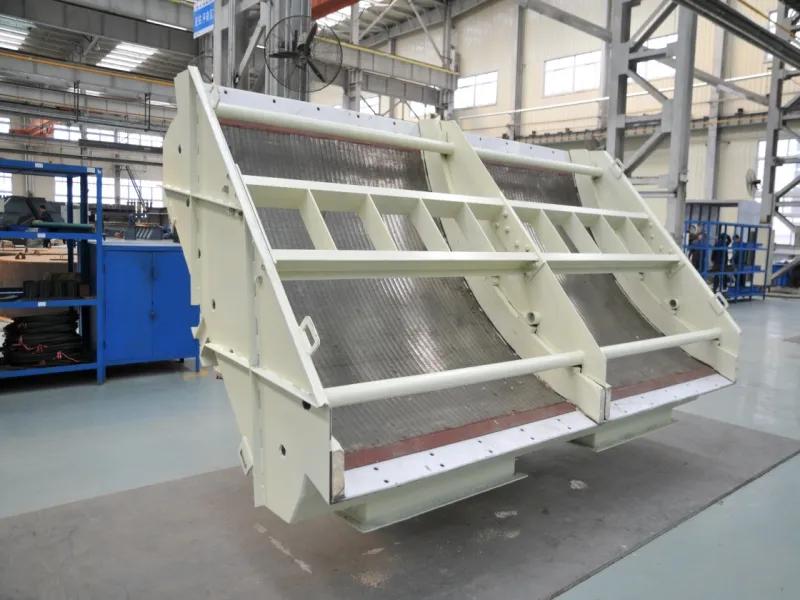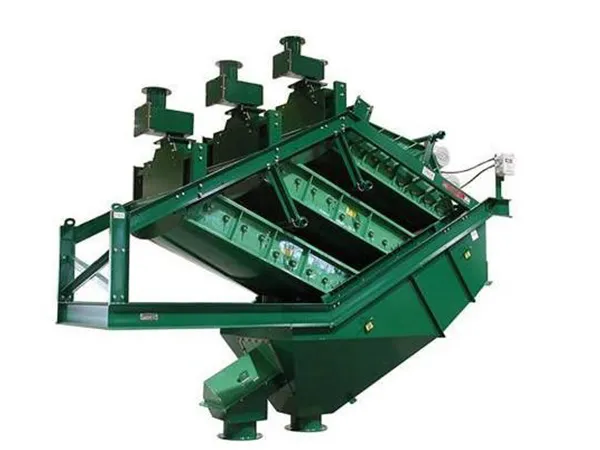A vibrating feeder is a piece of industrial equipment designed to move or feed materials, usually bulk or granular materials, from one location to another in a controlled manner. It utilizes vibratory motion to transport materials across a surface or within a channel.
Designing a vibrating feeder requires consideration of several factors, including material characteristics, feeder capacity, operational requirements, and more. Here are some key design principles and steps:

Understand material characteristics: Material particle size, density, moisture content, and flowability affect feeder capacity and design parameters. These characteristics are critical in selecting the appropriate feeder type and size.
Determine operational requirements: The desired feed rate of the feeder needs to be considered during the design process. The feeder should be designed to ensure consistent and controlled flow of material to meet the needs of downstream processes.
Choose the appropriate drive type: Vibrating feeders can be electromagnetically driven or electromagnetically mechanically driven. The drive is the primary element in controlling vibration and is isolated from the supporting structure by appropriate isolation springs.

Design the trough: The trough is the only part that comes in contact with the conveyed material and can be made of a variety of materials and in almost any shape and size to accommodate a variety of processes where the material is in motion.
Consider vibration parameters: The vibration parameters of a vibrating feeder, such as amplitude, frequency, and vibration direction, need to be carefully designed to ensure proper material flow and prevent clogging or overflow.
...
More detailed information about vibrating feeder design can be found at: https://www.zexciter.com/en/a/news/vibrating-feeder-design.html